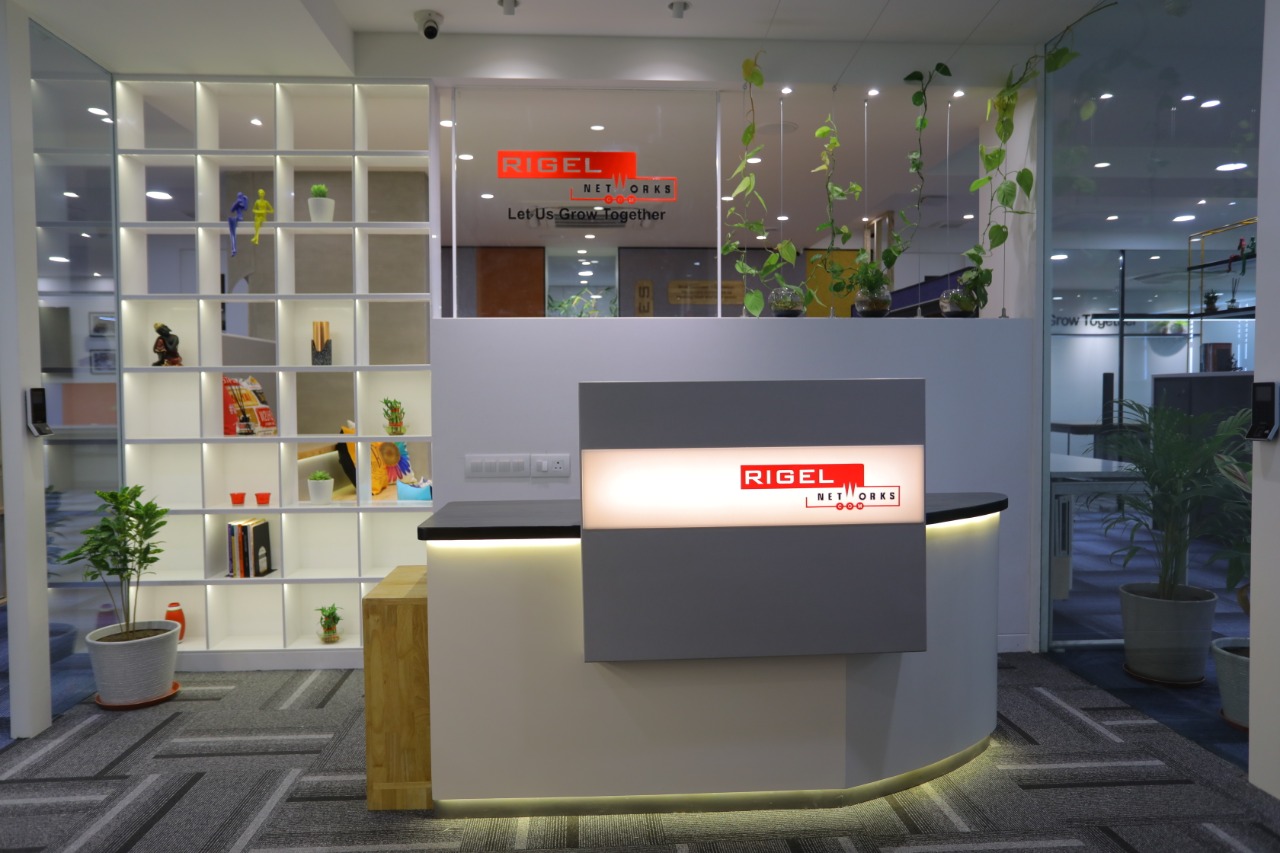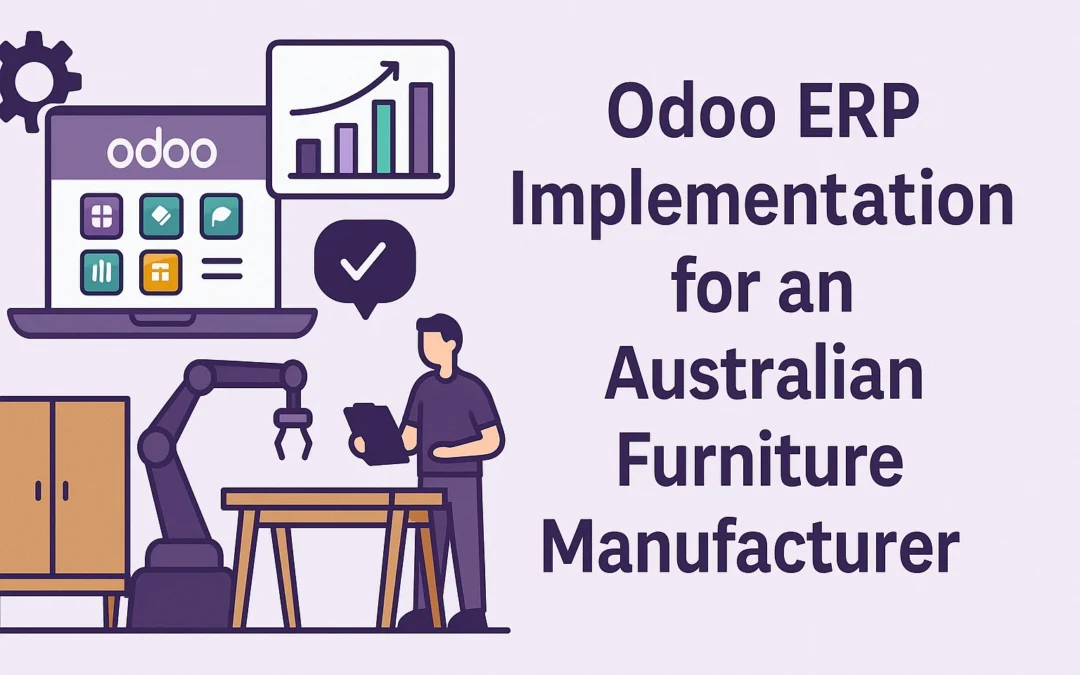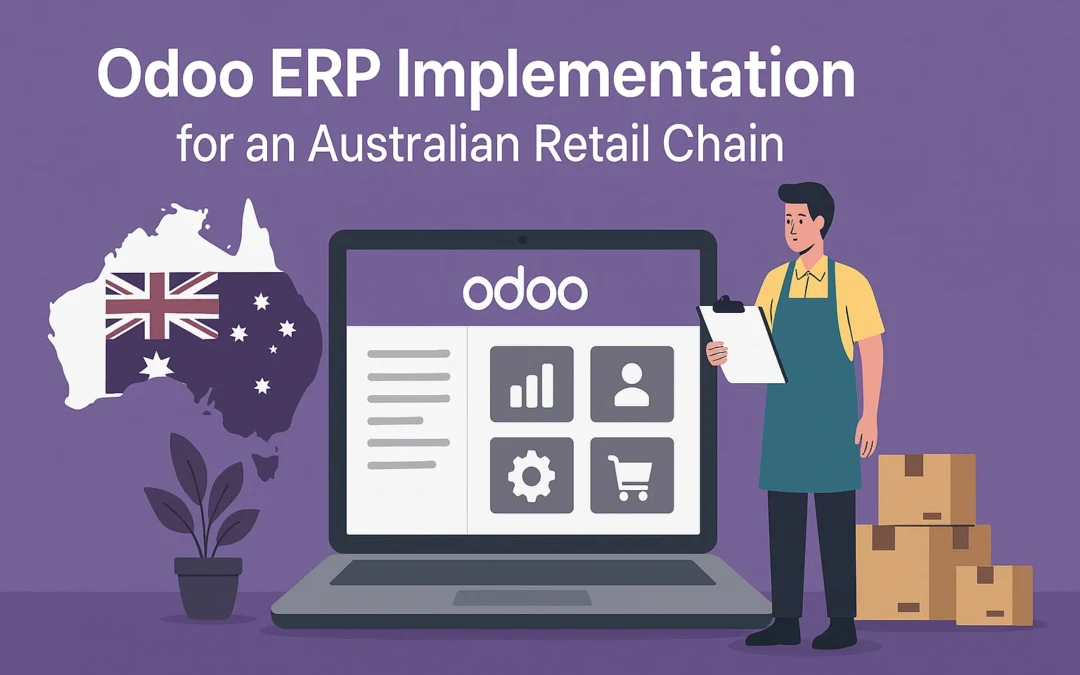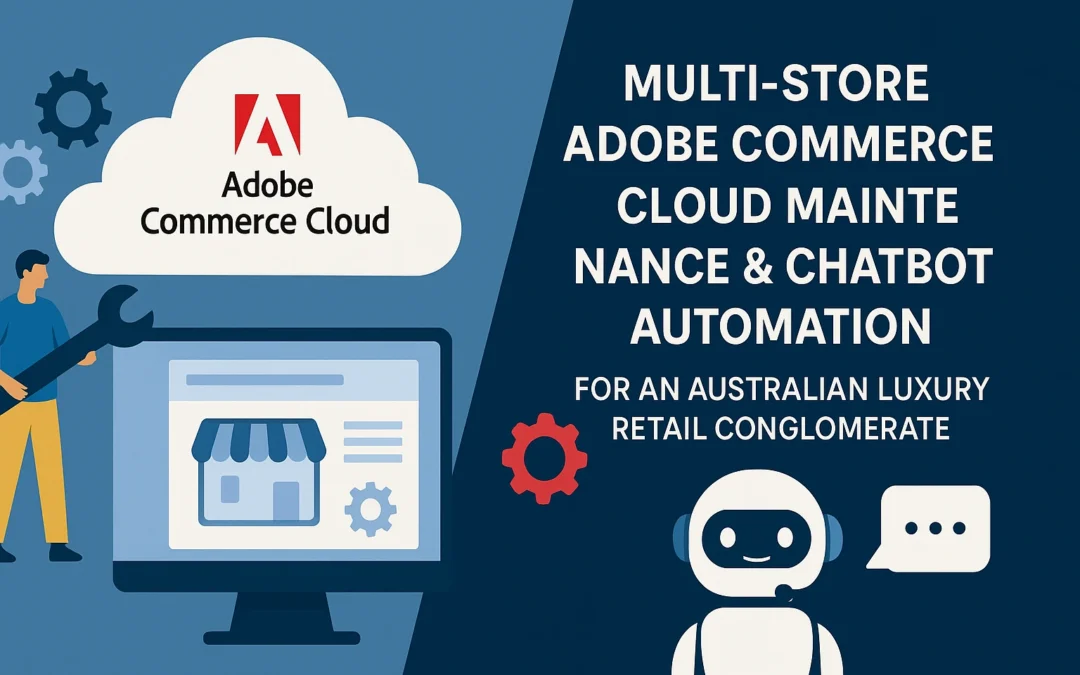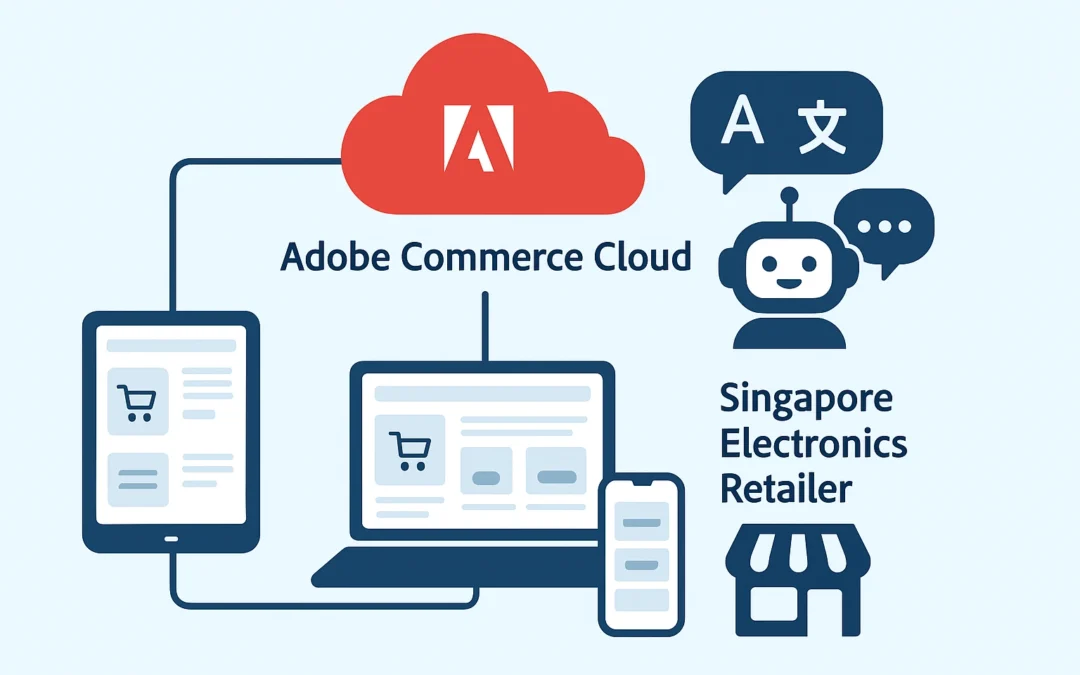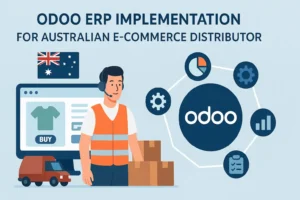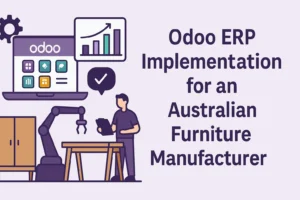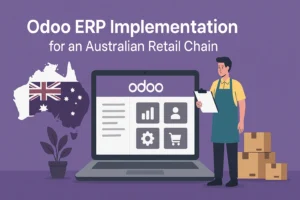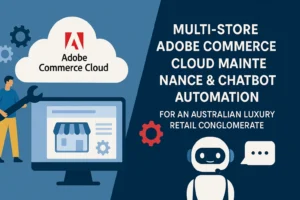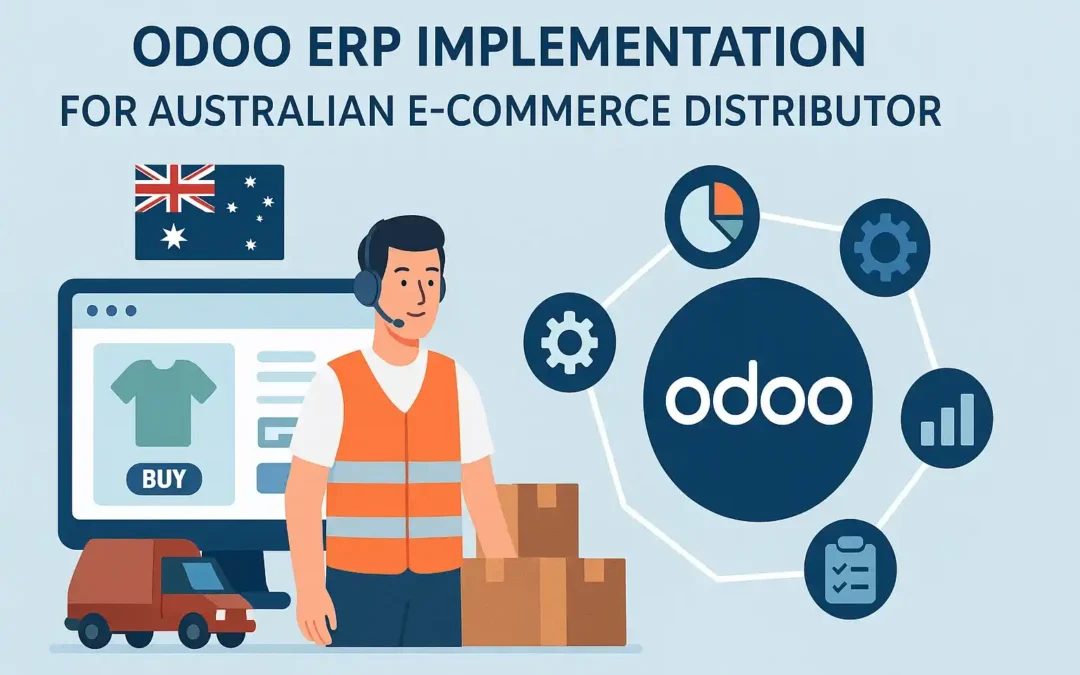
Odoo ERP Implementation for an Australian E-Commerce Distributor
Project snapshot
| Role | Key Capabilities |
|---|---|
| Project title | Odoo ERP Implementation for Warehouse, Fulfillment & E-Commerce Integration |
| Industry/Sector | E-Commerce / Distribution & Wholesale |
| Region | Australia |
| Engagement Model | Fixed-Cost Implementation + Continuous Enhancement |
| Duration | 6 Months + 9-Month Support Retainer |
| Project Scale | 4 Warehouses · 10 K Daily Orders · 120 Staff Users |
Client & Project Brief
Client Overview:
A leading Australian distributor of consumer electronics and home accessories, operating both B2B wholesale and D2C e-commerce channels via multiple Magento storefronts. The absence of centralized inventory and order tracking caused fulfillment errors, stock-outs, and delayed deliveries.
Project Objective:
To integrate all e-commerce operations into a unified Odoo ERP for real-time stock management, automated order routing, and barcode-driven fulfillment — while synchronizing with Adobe Commerce Cloud for live product and order data.
Challenges
- Disconnected Magento stores, manual CSV imports for orders and stock
- Limited warehouse visibility — inventory errors > 6% weekly variance
- No centralized purchase or shipment tracking
- Manual invoice generation causing 2–3 day delays
- Lack of barcode scanning and fulfillment automation
Solution Delivered
- Implemented Odoo v16 Enterprise with Inventory, Sales, Purchase, Accounting, and Warehouse Management modules
- Integrated Adobe Commerce Cloud ↔ Odoo ERP using bi-directional REST API connectors for products, stock, and order synchronization
- Automated multi-warehouse order routing based on location, stock availability, and delivery SLA
- Deployed barcode & batch picking system via Odoo Barcode App integrated with handheld scanners
- Designed FIFO/FEFO warehouse rules for perishable and high-value SKUs
- Set up automated invoices and shipment documents synced with accounting module
- Built Power BI dashboards for order fulfillment metrics, returns analysis, and delivery efficiency
- Hosted solution on Azure Cloud (Australia Southeast) with daily offsite backup replication
Our Approach
| Phase | Description |
|---|---|
| Discovery & Workflow Mapping | Analyzed Magento data flow, warehouse operations, and fulfillment process |
| Solution Architecture | Designed multi-warehouse structure, stock routing rules, and API layer with Magento |
| Implementation | Configured modules, integrated API, deployed barcode system |
| UAT & Pilot Run | Conducted trial fulfillment cycles across 2 warehouses |
| Go-Live | Migrated live order flow and enabled continuous monitoring |
| Continuous Optimization | Performance tuning and KPI-driven monthly enhancements |
Technology Stack
| Category | Tools & Platforms |
|---|---|
| ERP Platform | Odoo v16 Enterprise |
| E-Commerce Integration | Adobe Commerce Cloud (Magento 2.4.6) via REST APIs |
| Modules | Inventory, Sales, Purchase, Accounting, Barcode, CRM |
| Database & Hosting | PostgreSQL on Azure VM (HA configuration) |
| Automation & APIs | Python Scripts, Odoo Scheduler, Custom API Layer |
| Analytics | Power BI, Adobe Analytics, GA4 |
| Security | SSL, Azure Key Vault, MFA, Role-Based Access |
Key Results & Metrics
| Metric | Before | After | Impact |
|---|---|---|---|
| Stock Accuracy | 92% | 99.6% | 7× Fewer Errors |
| Order Processing Time | 3.5 hour | 45 min | 78 % Faster Fulfillment |
| Invoice Turnaround | 3 Days | 6 hours | 90 % Faster Accounting Cycle |
| Return Handling Accuracy | 70% | 97% | 27 % Improvement |
| Daily Order Capacity | 4k | 10k+ | 2.5× Throughput Growth |
Client Testimonial
“Rigel Networks delivered a perfectly synchronized ERP and e-commerce ecosystem. Odoo now talks to Magento in real time — our warehouses move faster, and our customers get accurate updates every minute.”
— Head of Operations, Australian E-Commerce Distributor
Engagement Highlights
- Engagement Type: ERP–Commerce Integration + Warehouse Automation
- Team Size: 8 (1 Solution Architect, 3 Odoo Developers, 1 Integration Engineer, 1 QA, 1 DevOps, 1 PM)
- Delivery Model: Offshore Delivery + Onsite UAT & Training
- Compliance: ATO / GST Accounting | Australian Privacy Principles
- Performance Benchmark: Real-Time Stock Sync < 60 Seconds Delay
Empowering Australian E-Commerce with Intelligent ERP Solutions
Email: presales@rigelnetworks.com
Locations: US | India


